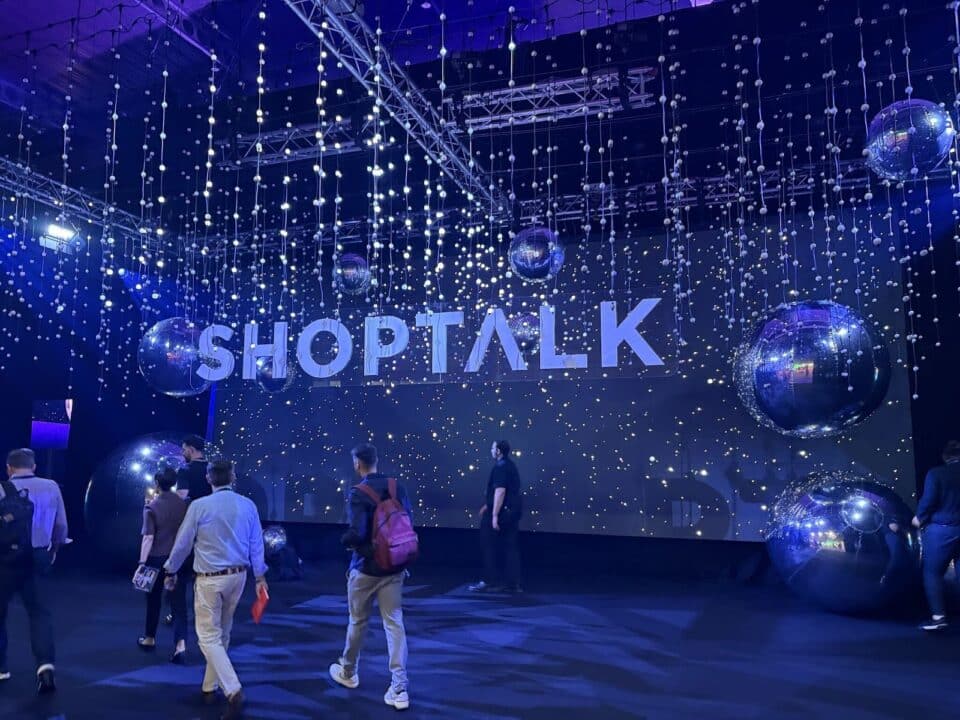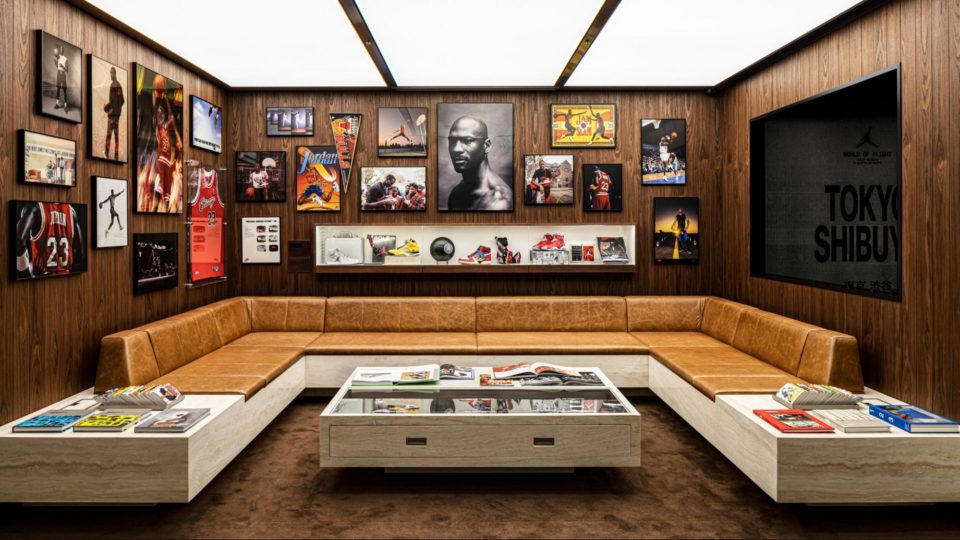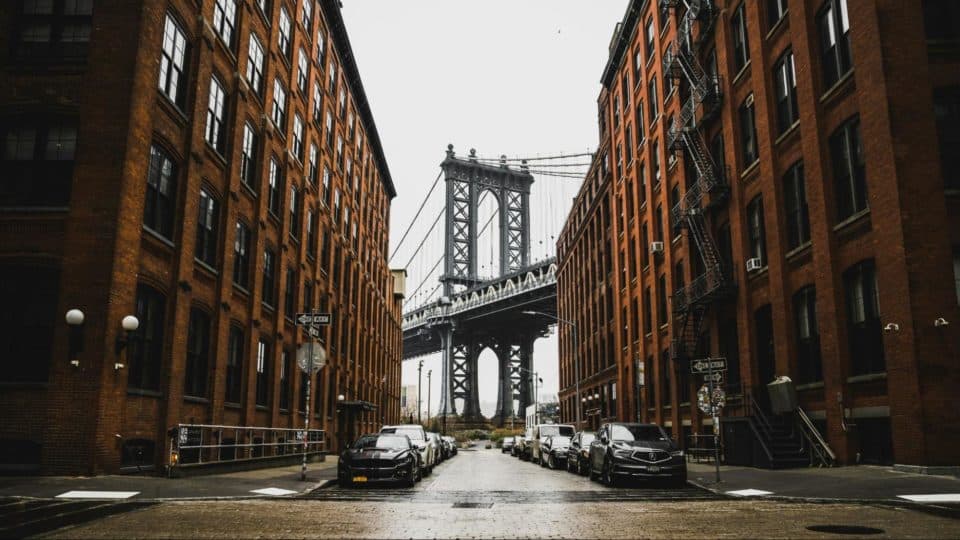How is the British Retail Consortium helping retailers through the Covid-19 crisis?
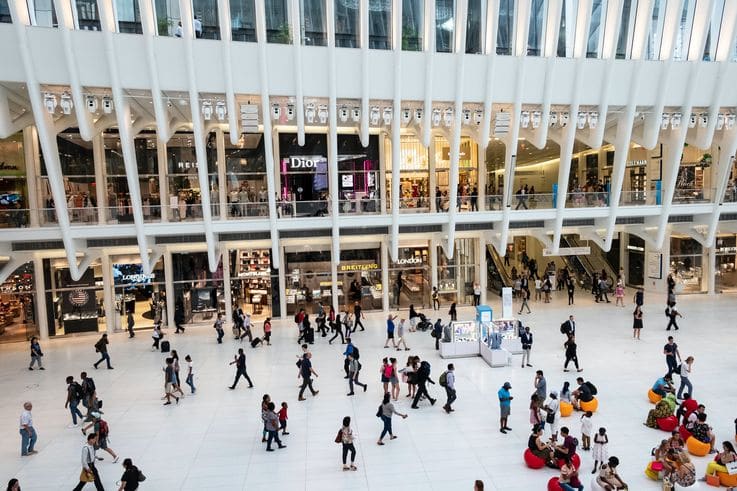

In the wake of the coronavirus crisis, the retail industry is facing a significant change in paradigm. Knowing how to respond to the challenges and getting it right are major concerns right across the sector.
Through it all though, retail trade association British Retail Consortium (BRC) has been on hand helping advise retailers and conducting valuable research to help the industry make sense of what’s happening. Covid-19 isn’t its own concern though as the BRC is constantly working to help retailers thrive in these ever-changing times.
We spoke to Kyle Monk, head of retail insights and analytics, about his views on the changes taking place in retail right now and what the future might hold.
Kyle Monk, Head of Retail Insights and Analytics, British Retail Consortium
Are you seeing any unprecedented trends in retail taking place as a result of coronavirus?
I think the move to online has definitely been unprecedented, particularly for supermarkets. They initially hit a wall with their online infrastructure capacity, but they have now gone from 2.1 million online delivery slots to 2.6 million, and they are forecasting getting to 2.9 million. They have grown their capacity by a third in almost a month, which is not an easy task as the cost to make it happen is astronomical.
It has also introduced a new way of shopping to people who had never considered it before, like the elderly and the vulnerable, for example, who are now adopting it in large numbers and will continue to do so.
I believe this will be one of the biggest persistent changes. There is going to be a fundamental shift in the balance between online and offline.
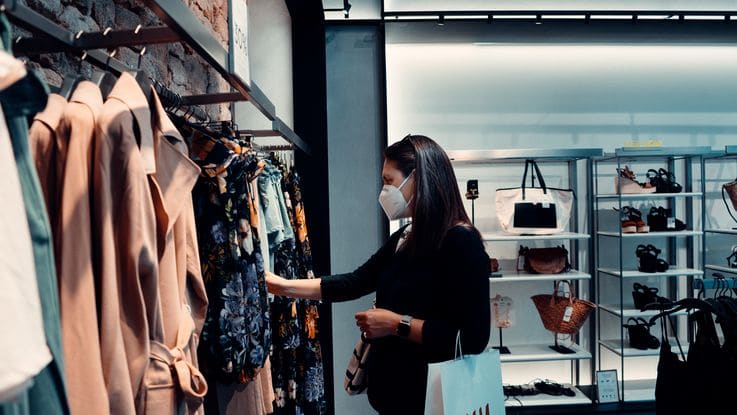
Do you think many people will stick with online shopping or will there be a return to physical stores?
I think there will be an element of online growth that will persist, but it will be different for everyone. Many people will want to return to physical stores for various reasons, such as the expertise of the shopkeepers, the social elements etc.
As an industry, we have to make sure that as we unwind from this we do so in a consistent and unified way. Non-essential retailers, for example, are incurring a lot of costs which won’t be recouped, such as rents and business rates etc. If these stores suddenly open again and the demand is still not there because people are still not comfortable shopping physically, that will have an impact as well. The transition from closed to open will need to be managed in a cohesive way.
Some research states that click & collect has the smallest carbon footprint amongst all kinds of retail. Do you think it has the potential to fill that gap?
There has always been a lot of debate over which kind of retail is the least impactful from a carbon emission and pollution standpoint and click & collect does appear to be one of the better ones.
Not only does it benefit from the hub and spoke model that retailers have developed, it also has many more advantages. Deliveries, for example, are a high cost burden to retailers. There are ways to optimise that, such as schemes where different retailers would come together and use a common delivery service from only one warehouse.
But when a customer returns an item, retailers lose all their margin for those items and probably even incur some loss on the back end. This is specifically relevant for the non-food space as there is a lot of abuse there and a lot of inefficiencies. Departments will need to educate consumers on the real impact of this.
A big part of it going forward will be safety. For example, something specifically relevant for vulnerable people is that they can now benefit from click & collect in the large supermarkets. I believe these types of things will become much more common going forward.
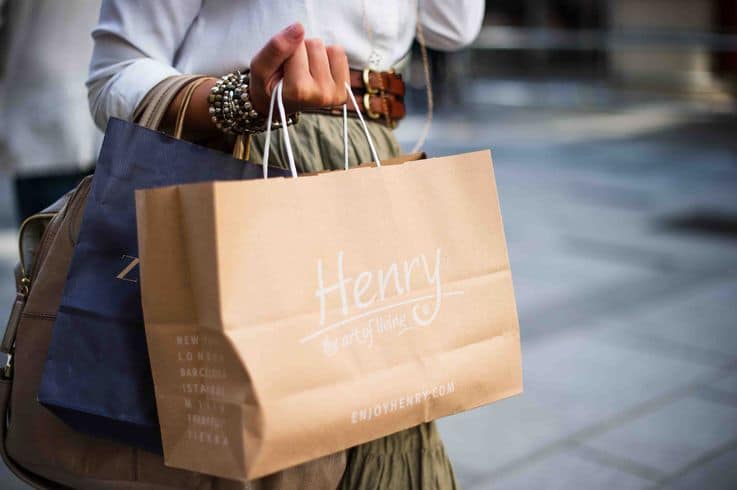
What do you think will have the biggest impact on physical retail?
I think how we work is going to have a more significant impact than how we shop.
The way we shop has already changed significantly over the last five to ten years. Out of town centres and huge retail parks, for example, have been slightly on the decline. At the moment, convenience seems to be of the utmost importance; i.e. being near the workers, particularly in places like London.
But what happens if people aren’t working? The City, for example, is dead on the weekends. If people are not going to meetings anymore or only coming in once or twice a week, there will be a significant decrease in the amount of footfall in the central business districts of most cities, which will have a knock-on effect.
It maybe that there would be a significant advantage of looking at a more modular way of taking space without having to put too much money into shops, such as unattended retail. That might be one of the answers in the short term, but it’s very hard to say.
Has there been much discussion about the short-term measures physical shops will need to apply during the coronavirus pandemic?
We are looking at what other countries are doing. We publish a report on a weekly basis which scans every country that is in a more advanced stage than us so that we can get a sense of what’s working; and we feed this information back to the government and to the retailers.
The main thing will be safety. Whatever we do, it will be both the perception of safety from the public and the actual safety in terms of preventing a second spike.
As you know some countries didn’t go into lockdown, like Hong Kong for example. We spoke to retailers who have operations there and they are trading at about 50% to 60% of their normal operations, so there is still some money coming in. But they are having to take quite strict measures, stricter than what we are currently taking; i.e using remote thermometers and mandatory gloves and masks.
Germany on the other hand is taking a more flexible approach, which is what I imagine we will do as well. It’s basically up to the retailer. They have to have a policy in place and some way to limit the number of people in the store, but they can go their own way in terms of masks and gloves and all the rest.
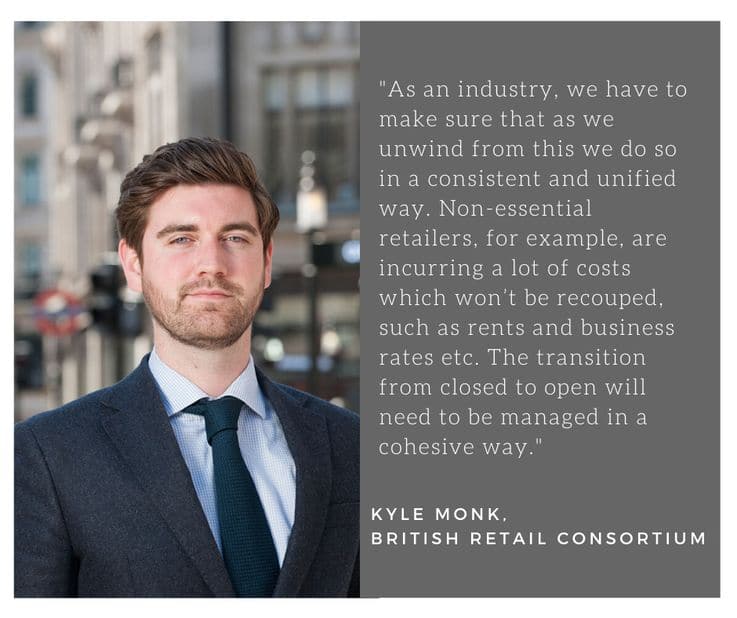
Do you feel this crisis is making retailers work together much more than before?
Because it is such an unprecedented shock, businesses seem to really be willing to come together in a way that they haven’t before, which has been amazing to see from a structural perspective.
Our role in that has been fascinating. We have weekly calls that link a hundred non-food CEOs across the industry, where everybody would be looking for solutions together. For example, one person was talking about PPE shortages for retail because they didn’t want to buy things that would be diverted from the NHS, so another one was spinning out manufactured low-grade PPE and offering it to others. We are also matchmaking, in terms of warehousing, infrastructure, etc.
We do have our food meetings as well, albeit it with a smaller pool of people. In some areas where there is no direct competition, people are indeed doing collaborations which are driving up short term interest.
How do you see the retail industry evolving?
The high street has been broken for quite a long time. The businesses are unsustainable. The taxation system doesn’t make sense, landlords are either charging prices that don’t really reflect the true market or having lease terms that make these spaces inaccessible to certain kinds of commercial businesses.
Councils are also to an extent not being flexible enough in their planning permissions to allow for the industry to evolve and have that community element. The new retail has entertainment, event spaces, food, beverages etc. Why aren’t they allowed to be multipurpose establishments at different times of the day instead of only being permitted to open from ten to six?
I think the inability to flexibly use retail space, as some countries allow, is probably to our detriment. But there is good indication that the government is willing to look into that and try to fix the system after this issue passes.
What are your thoughts on the fact that the government has been talking a lot about being more flexible and supportive of retail businesses? Have you seen that being addressed yet?
Before the Covid-19 pandemic happened, there was a certain trade negotiation going on for a while which was sucking a lot of the oxygen out of the room. But what I am seeing now that we are in crisis mode is an unprecedented level of interaction with the government.
We have been facilitating meetings with DEFRA, sort of war rooms with BEIS (the department for business, energy and industrial strategy), the treasury etc. The hope is that they will continue listening to the industry when we come out of this and become more flexible to these new ways of doing things.
The fear is that the trade negotiation I mentioned hasn’t gone away, so we need to start having those conversations now and maintain that pressure. It’s quite encouraging so far, but it’s hard to predict how they will react in the end.
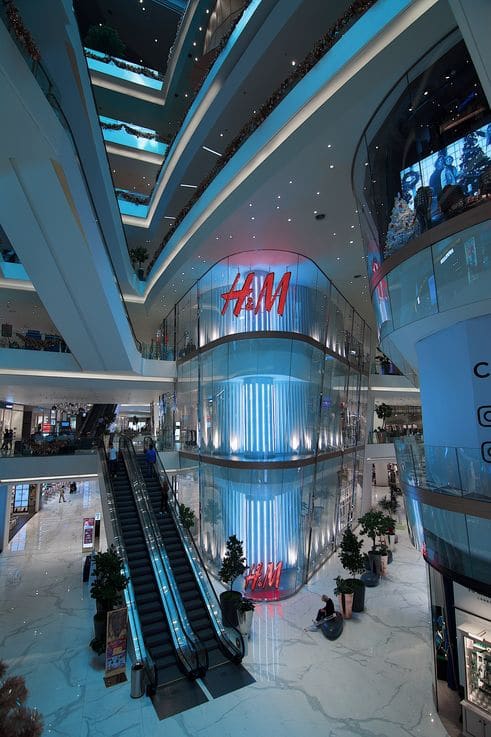
Is there anything else that the BRC is currently working on that might help retailers think about what’s coming next?
Apart from our regular reporting, we are releasing a Covid footfall report. We are getting weekly updates with daily trends, not only for England, but also for China, South Korea, Italy, and France, so we are tracking caseloads, hospital entries, etc. against footfall.
China is a fascinating example to look at. Even though new cases have supposedly dropped close to zero, the footfall nationally is still substantially down. Not only for Wuhan which is towards -80% or -90%, but also for other provinces which are around -40% to -50%. It is not business as usual and it won’t be for quite some time. Having that sort of foresight is very interesting for us. On the other hand, France, for example, isn’t relaxing any measures so we are looking at how that would impact as well.
We are working with a number of new partners and producing research, including a weekly tracker of Covid related measures such as people’s basic behaviours, propensity to spend, safety etc. We conducted a B2B survey which was answered by 86 CEOs across retail, representing around 1.2 million staff and £60 billion in turnover. Based on the responses, around 50% of the sector is furloughed at the moment (that includes the food industry which is obviously near zero).
We also track their liquidity with regards to the various relief schemes. It’s quite concerning to see how little runway they have should none of this relief kick in, especially in the non-essential retailers. Thankfully it seems that some of the new measures are going to help mitigate or support that stranded middle that was between the CCFF (Covid Corporate Financing Facility) and the previous iteration of the CBILS (Coronavirus Business Interruption Loan Scheme).
The non-essential retail space is a huge employer, it employs 2.9 million people nationally. It will be interesting to see what the damage has been to the economy once this begins to ramp back up, especially when the figures state that 6.5 million people are out of work.
Non-essential retail basically means discretionary spend. So how will people react? Will they be making big purchases? Will they be moving homes? Has this been a freeze as the government hoped, or has it been a shock? And if so, how bad of one?
This remains to be to be seen, even with all the relief measures. How will businesses fare and how will consumer demands change over the next couple of quarters?

